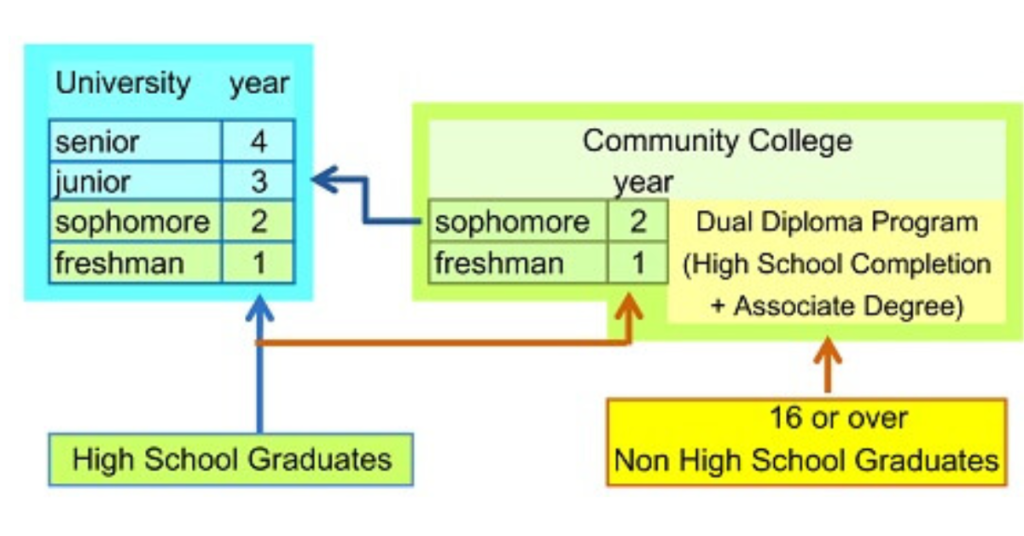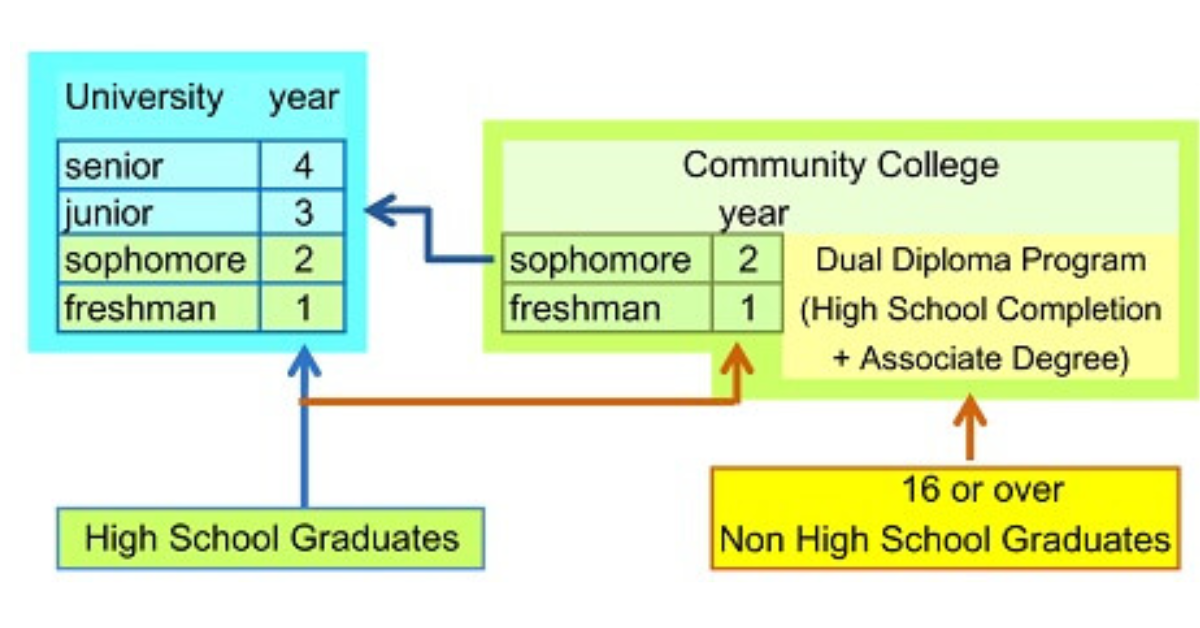Community college transfer programs have become a vital avenue for students seeking to further their education and enhance their career prospects. These programs offer students the opportunity to begin their academic journey at a community college before transferring to a four-year institution to complete their degree. This article explores the benefits, challenges, and processes associated with community college transfer programs, providing valuable insights for students, educators, and policymakers alike.

Understanding Community College Transfer Programs
Community colleges serve as a crucial entry point into higher education for many students. Transfer programs allow students to earn an associate degree or complete transferable coursework before moving on to a bachelor’s degree program at a four-year university. This pathway is designed for students who may not have initially qualified for admission to a four-year institution or those looking for a more affordable route to obtaining a degree.
Key Benefits of Community College Transfer Programs
- Cost-Effectiveness
One of the most significant advantages of starting at a community college is the cost savings. Community colleges typically offer lower tuition rates compared to four-year universities. By completing the first two years of coursework at a community college, students can significantly reduce their overall education costs. This financial advantage makes higher education more accessible, particularly for low-income students. - Flexible Scheduling
Community colleges often provide more flexible class schedules, including evening and online courses, catering to students who may be working or have other commitments. This flexibility allows students to balance their education with personal responsibilities, making it easier to succeed academically. - Smaller Class Sizes
Community colleges tend to have smaller class sizes, which can lead to more personalized attention from instructors. This environment fosters better student-faculty interactions and can enhance the learning experience. Students may feel more comfortable seeking help and engaging in discussions, which can improve their overall academic performance. - Transfer Agreements
Many community colleges have established transfer agreements with four-year institutions. These agreements outline specific courses and requirements that guarantee students admission to partner universities upon successful completion of their associate degree. This clarity helps students plan their educational paths more effectively. - Support Services
Community colleges often provide various support services to help students succeed. These services may include academic advising, tutoring, counseling, and career services. Such resources can significantly improve students’ chances of successfully transferring and completing their bachelor’s degree.
Challenges Faced by Community College Transfer Students
While community college transfer programs offer numerous benefits, they also come with challenges that students must navigate:
- Transfer Credits and Articulation
One of the most significant challenges students face is ensuring that their credits transfer seamlessly to the four-year institution. Not all credits are guaranteed to transfer, which can delay graduation and lead to additional costs. It is crucial for students to research and understand the transfer policies of the institutions they plan to attend. - Adjustment to a New Environment
Transitioning from a community college to a four-year university can be daunting. Students may experience differences in campus culture, academic expectations, and social dynamics. This adjustment period can impact their academic performance and overall experience. - Navigating Financial Aid
Understanding financial aid options can be complicated, especially when transferring between institutions. Students must be proactive in seeking information about scholarships, grants, and loans available at their new university. Missing out on financial aid opportunities can create additional financial burdens. - Time Management
Balancing coursework, part-time jobs, and personal responsibilities can be overwhelming for transfer students. Developing effective time management skills is essential for success. Students should prioritize their academic commitments while also allowing time for self-care and social activities.
The Transfer Process: Steps to Success
Navigating the community college transfer process involves several key steps:
1. Research Transfer Institutions
Before enrolling in a community college, students should research potential transfer universities. Understanding admission requirements, degree programs, and transfer policies will help students make informed decisions about their academic path.
2. Meet with an Academic Advisor
Regular meetings with an academic advisor at the community college are crucial. Advisors can help students create an educational plan that aligns with their transfer goals, ensuring that they select the appropriate courses and stay on track to graduate.
3. Maintain a Strong GPA
Academic performance is critical for successful transfer applications. Students should strive to maintain a strong GPA throughout their community college experience, as many universities have minimum GPA requirements for transfer students.
4. Complete Required Courses
Students should focus on completing general education requirements and prerequisite courses for their intended major. Knowing the transfer agreements between community colleges and four-year institutions can help students select courses that will be accepted for credit.
5. Prepare Application Materials
When the time comes to apply to a four-year institution, students should be prepared with all necessary application materials. This may include transcripts, letters of recommendation, personal statements, and a resume highlighting their academic achievements and extracurricular activities.
6. Apply for Financial Aid
Students should complete the Free Application for Federal Student Aid (FAFSA) to determine their eligibility for financial aid at their new institution. Additionally, they should research scholarships and grants specific to transfer students.
7. Attend Orientation
Many universities offer orientation programs for transfer students. Attending these sessions can help students acclimate to the new campus environment, learn about available resources, and meet fellow students.
Conclusion
Community college transfer programs present an accessible and cost-effective pathway to higher education for many students. While challenges exist, the benefits—such as lower tuition, flexible scheduling, and personalized support—make these programs an attractive option. By understanding the transfer process and taking proactive steps, students can successfully navigate their educational journey, ultimately achieving their academic and career goals. As the demand for higher education continues to grow, community college transfer programs will remain a vital resource for aspiring students.
